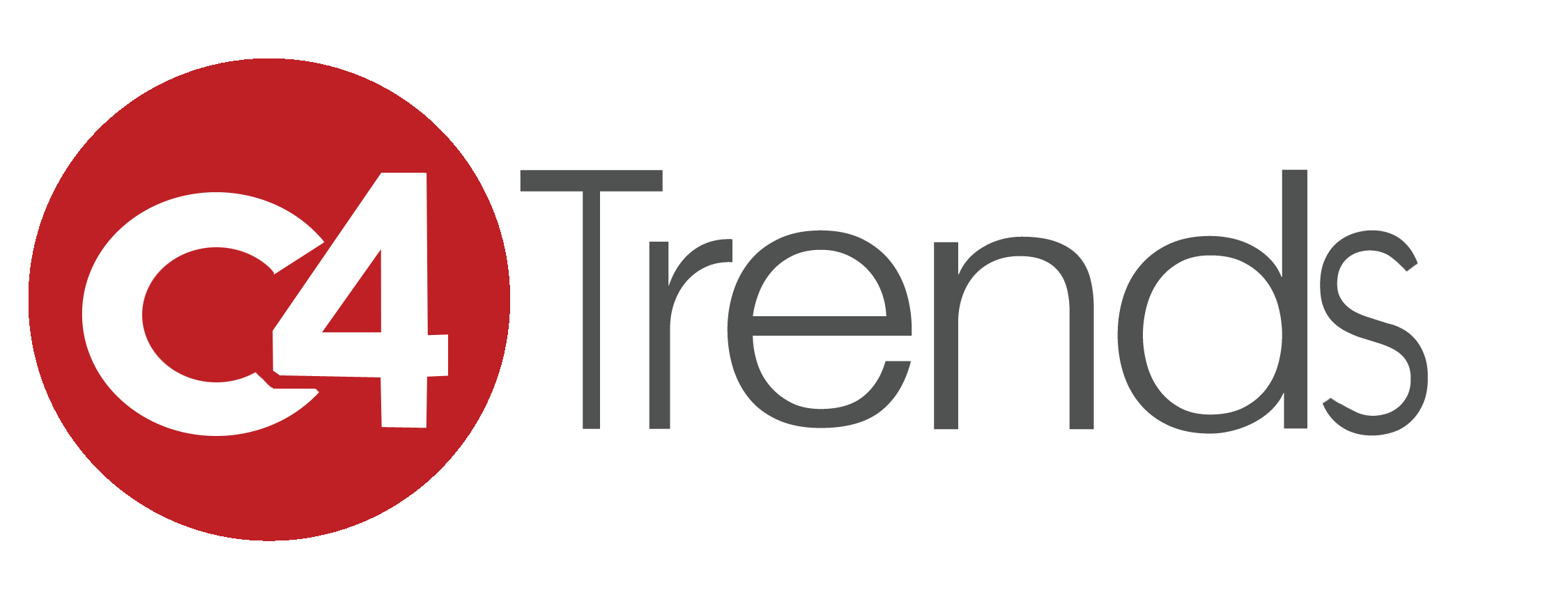Education is finally getting the attention it deserves! Public education has been a cornerstone of the U.S. as a civil society, a democracy, and as a global leader in innovation – but we are now at an inflection point in education.
With a continued intense focus on the economy, there is growing recognition that the longer term economic growth and U.S. competitiveness and innovation is directly tied to education and an educated society. The digitization of education is opening new opportunities to create and design powerful learning environments for the 21st Century – and as developers and companies realize the possibilities we expect this trend to gain momentum.
Daily headlines bemoan the fact that the U.S. is loosing its edge when it comes to education outcomes versus other parts of the world. Despite billions of dollars spent to improve the U.S. public education system, nearly 30 percent of students do not finish high school. The dropout rate among African Americans, Hispanics, and low-income students is even more staggering—nearly 50 percent. Of those who do enroll in college, many do not graduate. Although college enrollment in the U.S. has grown significantly in the last few decades, only 42 percent of young people who enroll in college complete a bachelor’s degree by the age of 26, and just 12 percent complete an associate degree. Among low-income students, the bachelor’s completion rate is even lower, at just 26 percent, while only about 14 percent earn an associate degree. In contrast, the proportion of working adults with a college degree in other parts of the world is growing.
Technology has the power to transform education and learning in America. The challenge is how best to harness technology to develop the brain power needed to keep the U.S.at the fore of the world innovative stage – and how to propel education process in new and more compelling directions. How can the transformation of learning be used to reach the 90+ million undereducated adults, as well?
“A world-class education is the single most important factor in determining not just whether our kids can compete for the best jobs but whether America can out-compete countries around the world. America’s business leaders understand that when it comes to education, we need to up our game. That’s why we’re working together to put an outstanding education within reach for every child,” said President Obama in a July 2011 address.
As we travel around going to a variety of conferences and shows — imaginative people from Boston to Silicon Valley are exploring new ways for kids to develop the critical thinking skills they need not only to succeed in their career and life – but also to innovate and potentially contribute to solving global problems. The question is: how to get kids excited about actually learning? Despite gloomy comparative statistics about US students vs. their peers in other parts of the world – there appears to be universal recognition that U.S. kids are good at ‘mucking about’ and exploring.
There seems to be growing recognition that that in an increasingly diverse society students learn in different ways – and the new tools for digital learning can incorporate features such as: 24/7 mobility; social interactivity; good digital content that also incorporates connected innovation with ‘big data’ such as location, etc. It also includes personalized learning that incorporates differences in language and culture as well as the long tail of a student’s other formal and informal interests. It’s not just about classroom learning but other experiences that are part of one’s life – from cooking to playing sports. It’s about enabling interest driven learning models.
We are encouraged by the prospect offered by the growing number of public and private collaborations – affecting kids as young as two and moving up the age ladder. We are seeing different ways that philanthropy is becoming a partner – with the support MacArthur and other foundations, including the leadership of the Bill and Melinda Gates Foundation and the host of their programs aimed at dramatically improving education so that all young people have the opportunity to reach their full potential. ‘We seek to ensure that all students graduate from high school ready for college and career and prepared to complete a postsecondary degree or certificate with value in the workplace.’
We are also invigorated by the launch of the “Educate to Innovate” campaign by the Obama Administration focused on improving the participation and performance of America’s students in science, technology, engineering, and mathematics (STEM). This was launched as part of its $4 billion Race to the Top (RTT) competition. STEM has become one of those new buzzwords! This campaign includes efforts not only from the Federal Government but also active participation by leading companies, foundations, non-profits, and science and engineering societies to work with young people across America to excel in science and math – and successfully compete in a global economy. See more about it below, under Robotics.
Five major STEM public-private partnerships are harnessing the power of media, interactive games, hands-on learning and community volunteers. They include: National Lab Day – designed to help build communities of support around teachers across the country, culminating in a day of civic participation. In October 2011, middle and high school students from across the country descended on the State Dining Room at the White House for the first White House Science Fair. The student projects represented cutting edge science, technology and engineering ingenuity — from a robot that plays soccer to a smart toilet that conserves water and an innovative approach to treating cancer. Subsequent to this event I saw some of these projects at various conferences and they were impressive.
A third program furthering the STEM agenda is ‘Change the Equation’ a CEO-led, non-profit effort dedicated to mobilizing the business community to improve the quality of STEM education. It was founded by astronaut Sally Ride, former Intel Chairman Craig Barrett, Xerox CEO Ursula Burns, Time Warner Cable CEO Glenn Britt, and Eastman Kodak CEO Antonio Perez, with support from Bill and Melinda Gates Foundation and Carnegie Corporation of New York. With a membership of 100 CEOs, and funding of $5 million for its first year of operations, Change the Equation is in a unique position to meet its three goals of: Improved teaching of STEM across all grade levels; inspired learners, especially among females and under-represented minorities; and committed nation — achieving a sustained commitment to improving STEM education.
There other two initiatives that we find particularly interesting because of their relevancy to the consumer technology industry – with involvement by the gaming community as well as media companies. The National Stem Design Competitions is designed to find and inspire the most innovative uses of new media in support of connected learning — in and out of school, in physical places and in online spaces. Gaming is part of this and it also involves the Digital Media Learning Competition (dmlcompetition.net).
On the media front – three programs in particular caught our attention. Time-Warner’s (TWC) initiative is about using its media assets for ‘Connecting A Million Minds (CAMM),” a five-year, $100 million cash and in-kind philanthropic initiative to address America’s declining proficiency in STEM TWC’s national CAMM partners are CSAS (Coalition for Science After School) and FIRST (For Inspiration and Recognition of Science and Technology. Discovery Communications – a leader in advancing science and discovery is leveraging its resources in a variety of ways including online and TV – reaching educators as well as kids and their parents. Among the facets of its STEM advancement — they working on making concepts come alive by demonstrating how real-world science and math can be cool through content like Mythbusters, Build It Bigger and Greatest Inventions With Bill Nye. Sesame Street is working with the U.S. Department of Education and its Ready To Learn, a national initiative focused on the visibility and reach of using public media content to improve math and literacy skills of children ages two to eight, especially those from low-income families.
We’re also starting to see projects that looking to scale up from small start-ups, entrepreneurs and more – and all of these projects and products intersect with the consumer technology space at some point and therefore will present new opportunities for CE vendors.
Susan can be reached at susan@c4trends.com.

